Red light therapy (RLT) is a unique way to treat certain medical conditions as an alternative or in addition to taking medications. It is easily accessible, safe, and may be covered under your insurance. Red light therapy, also called photobiomodulation, low-level laser therapy, or low-power laser therapy, works by having a continuous red light placed on a targeted area of skin, usually at a light wavelength between 630–700 nanometers.
This stimulates the production of mitochondria, a main energy source in cells, to help promote cell growth and function. Red light therapy can be used for a variety of conditions, often in combination with medications. Some of the most common conditions include skin conditions and pain management. Red light therapy is used for several different types of skin conditions. It is thought to help increase production of collagen which helps give skin its structure and elasticity, promote skin healing from increased blood flow, and reduce redness and irritation on the skin.
You can get red light therapy at your doctor’s office, most commonly at your dermatologist, although other doctors may offer these services. Red light therapy is also available at other unique locations, such as spas, estheticians, and even yoga studios. You can also buy devices to use at home. It is important to check with your doctor or dermatologist prior to using red light therapy at home to make sure it is safe for you. Home devices are often not as strong or effective as devices that are used in doctors’ offices. If you plan to use red light therapy at home, it is important to check and make sure that the device has been reviewed and approved by the FDA.
With red light therapy exploding in popularity, consumers are facing a flood of light therapy devices on the market. It’s becoming trickier than ever to find the right one. How can you choose a red light therapy device that’s high quality and supports you and your client’s wellness? Start by comparing these two outputs. The effectiveness of red light therapy (RLT) therapy depends on: Irradiance – The power of the light the device produces. Wavelength – The red and near-infrared wavelengths of light the device produces. These features – along with the device’s distance to the body – greatly affect performance. A device that produces the wrong wavelengths of red light or low-power light, for example, may not deliver real wellness results.
Key Factors to Consider
Wavelengths
The effectiveness of red light therapy depends largely on the wavelengths being emitted. Studies suggest that red light in the 630-680 nm range supports skin rejuvenation, while 800-850 nm near-infrared light is better for deep tissue and muscle benefits. Look for wavelengths within the “therapeutic window” of 630 nanometers (nm) to 660nm, and 810nm to 850nm. These wavelengths have been widely studied and found to be most effective. It’s important to note that if a device does not specify which wavelengths are used, it cannot be considered a medical-grade device.
Red light therapy uses a narrow spectrum of visible light (600-900 nm) range to help heal the skin, muscles, and even joints. For skin concerns you want to look for 630-690 nm devices. Some devices will have near-infrared wavelengths which penetrate deeper in the skin to promote healing and collagen production.
Irradiance
Irradiance, as it relates to red light therapy, refers to the intensity of the light delivered to the skin or target tissue. Imagine a red light device is like a shower head spraying light particles. Irradiance is a measure of how much light energy hits a specific area over a set time. In other words, if you want to measure dosage, the output of the “shower head,” its irradiance so to speak, matters a lot. Choose a red light device with irradiance levels between 25 mW/cm² and 120 mW/cm².
Levels within this range are generally considered safe for most red light therapy applications. However, also note that irradiance can change, depending on your distance to the device. The closer you are, the higher the irradiance. (Just think about it like you’re standing closer to the shower head.) Proper dosage for red light therapy treatments can be calculated with irradiance. Dosage (expressed in Joules/cm2) is the irradiance multiplied by the treatment time.
Therefore, our red light therapy bed, which delivers a variable irradiance of 34 to 100 mW/cm2, provides a dose of roughly 20-50 J/cm2 per 10-minute session. When determining dosage, consult with a medical professional for guidance and safe use suggestions. According to some research, dosage ranges for surface-level injuries (about 1 to 10 J/cm2), while deeper treatments require 10-50 J/cm2.
Device Type
Red light therapy devices come in various sizes, from handheld units to full-body panels. Your choice should match your treatment goals: Handheld devices – Best for targeting specific areas like the face or joints. Panels (small to large) – Suitable for treating larger sections of the body in one session. Face masks – Designed specifically for facial treatments, helping with skin rejuvenation and collagen production. Full-body systems – Designed for widespread benefits in a single session, often used by athletes and wellness professionals. A larger treatment area means less time spent on sessions, but it also comes with a higher price tag.
There are many different types of red light therapy devices, some of which can be used at home. But home devices are usually less powerful than those used in clinics and may be less effective or take longer to work.
Red light therapy devices include: Red light therapy mask. This fits over your entire face and has red LED lights on the inside, pointed toward your skin. It is designed to be worn for a short length of time several times a week. It's used as a treatment for acne, wrinkles, or other facial skin concerns. Red light therapy bed. This looks like a tanning bed but has red LED lights instead of UV lights.
It is big enough for you to lie down inside, and your whole body is exposed to red light. Red light therapy panel. This is a panel of red LED lights that you can mount on a wall or place on a table, either at a clinic or home. Panels range in size from small to large. Red light therapy wand. These are handheld devices that have red LED lights at one end. You use them by moving the wand over your skin in the areas that you want to treat. They are used to treat very small areas, such as the back of the hands, one knee, or a particular spot on the face.
FDA Clearance
Not all red light therapy devices are built to the same standard. A high-quality device should be made with medical-grade LEDs and have independent third-party testing to confirm its effectiveness. It’s also important to look for FDA clearance or approval, which indicates that the device meets safety standards. As for safety, you’ll see “FDA-cleared” on many red-light devices that you can buy. This means that the FDA considers that device to pose a low risk to the public.
Keep in mind that FDA cleared doesn’t tell you anything about how effective the device is. It means the device is considered safe. When shopping for a red-light device, you may see a term like “FDA approved” or “FDA certified.” While these terms sound impressive, they have no meaning when used to describe a medical device. The FDA clears devices. It doesn’t approve or certify them.
Pulsed vs. Continuous Light
Some red light therapy devices offer pulsed and continuous light modes. Continuous light stays on throughout the session, while pulsed light flashes on and off at set intervals. The idea behind pulsed light is that it may allow cells to absorb energy more efficiently. While research is still ongoing, some users prefer having both options available. For most people, a continuous light device will work just fine. But if you want maximum flexibility, a device with both settings can be a good investment.
Brand Reputation
Before I commit to spending hundreds or thousands of dollars on a new gadget, I always research the brand I’ll be buying from. Many manufacturers of red light devices (especially those sold on Amazon) have no expertise with red light therapy. Instead, they simply resell or white-label devices manufactured in China, because they’ve realized how big the red light device market is. I prefer purchasing from brands that focus on red light therapy and have the necessary expertise and desire to manufacture effective products (that they use themselves).
Ease of Use
The best device is the device you will use. You can easily incorporate red light therapy by using fancy devices like LED masks or handheld gadgets. However, the best device is the device you will use, double board-certified pediatric and cosmetic dermatologist Dr. Karan Lal adds, warning against buying a hard-to-use, overpriced tool. Consistency is key! Especially since it can take weeks to months to see results. Commit to regular light therapy treatments by making it a part of your morning or evening routine.
Additional Considerations
Your lifestyle and available space play a significant role in choosing the right panel. Consider where and how you plan to use your red light therapy device. Do you need a setup that allows you to treat your back while lying down? Or are you looking for a door-mounted panel to save space?
- Portable Panels: Great for traveling or targeting smaller areas.
- Adjustable Stands: Ideal for treating specific body parts or performing therapy while seated or standing.
- Wall or Door Mounts: Perfect for smaller spaces or when a stand isn’t practical.
- Carrying Cases or Storage Bags: These are useful for portability and organization.
- Stands: Some panels include a stand.
Cost Considerations
The cost of this therapy can vary greatly depending on whether you are using a device at home or you are getting treatment in a clinic. But in general, red light therapy isn’t cheap — treatments can cost $80 a session or more. If you decide to use a red light therapy device at home, note that it may not be as powerful or effective as devices used by doctors or other professionals. Home device prices also vary depending on the size and type of device, but typically range between $50 - $1000.
Red light therapy devices range from $100 for basic handheld models to over $2,000 for professional-grade full-body panels. A higher price doesn’t always mean better quality, but extremely cheap devices may may lack the necessary power and reliability. Wavelength accuracy – Some budget devices don’t provide the right wavelengths for effective therapy.
View our products:
- https://bontanny.com/products/bontanny-portable-series-red-light-therapy-device
- https://bontanny.com/products/bontanny-remote-control-series-professional-red-light-therapy-device-with-stand
-
https://bontanny.com/products/bontanny-table-stand-series-red-light-therapy-ba300
FAQs
Is red light therapy safe?
Red light therapy appears to be safe and isn’t associated with any side effects, at least, if used short-term and as directed. This therapy isn’t toxic, not invasive and not as harsh as some topical skin treatments. Unlike the cancer-causing ultraviolet (UV) light from the sun or tanning booths, RLT doesn’t use this type of light. However, if products are misused — perhaps used too often or not according to directions — there’s a chance your skin or eyes (if not protected) could be damaged. The long-term safety of devices that use red light therapy isn’t yet known.
How often should I use a red light therapy device?
You’ll likely need ongoing treatments. This isn’t a one-time treatment for most skin conditions. You’ll need to be seen one to three times a week for weeks or even months. Also, is there a need for additional touch-up treatments? This may add up to a lot of time and considerable out-of-pocket costs.
Can red light therapy help with pain?
Red light therapy can also be used to help treat pain in combination with medications. Since it increases cell production by stimulating the mitochondria, it can help promote healing and reduce inflammation. It can also help release neurotransmitters such as endorphins, which are natural pain killers. Some pain conditions that utilize red light therapy include tendonitis, arthritis, and carpal tunnel syndrome.
Will I achieve the desired results?
Everyone’s skin is different so results can vary. Also, the wavelength of the red light source ranges. The wavelength affects how deeply the light penetrates your skin. The wavelength of the red light device being used in a doctor’s office versus in your at-home device could affect your desired result. Do you trust the experience of the person providing the red light therapy?
What should I avoid when buying a red light therapy device?
Avoid devices that don’t specify wavelengths or irradiance levels, as they may not deliver therapeutic benefits. Be cautious of extremely cheap devices, which may use low-quality components and break easily. Also, steer clear of brands with no expertise in red light therapy, as they may simply resell ineffective products.


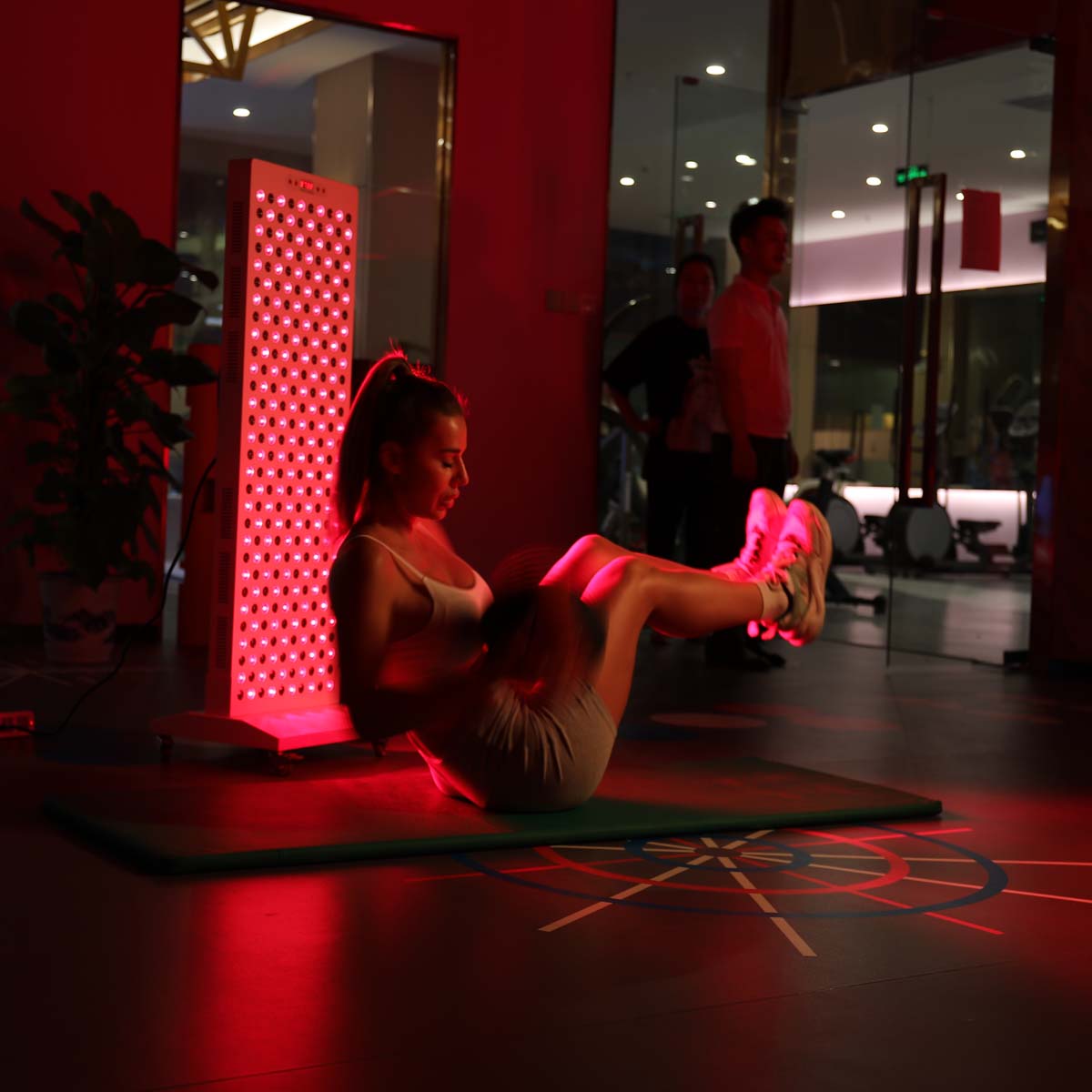
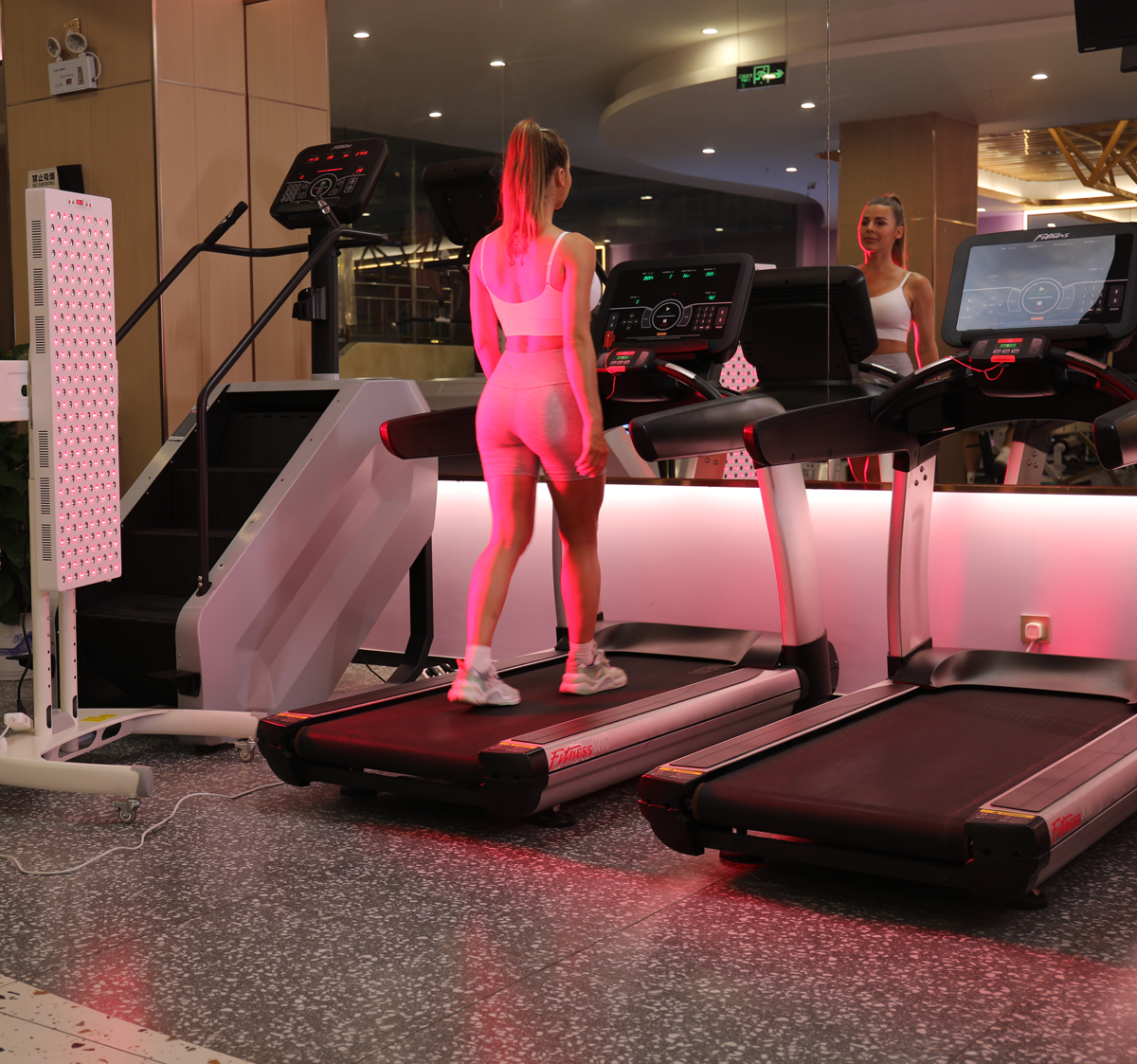
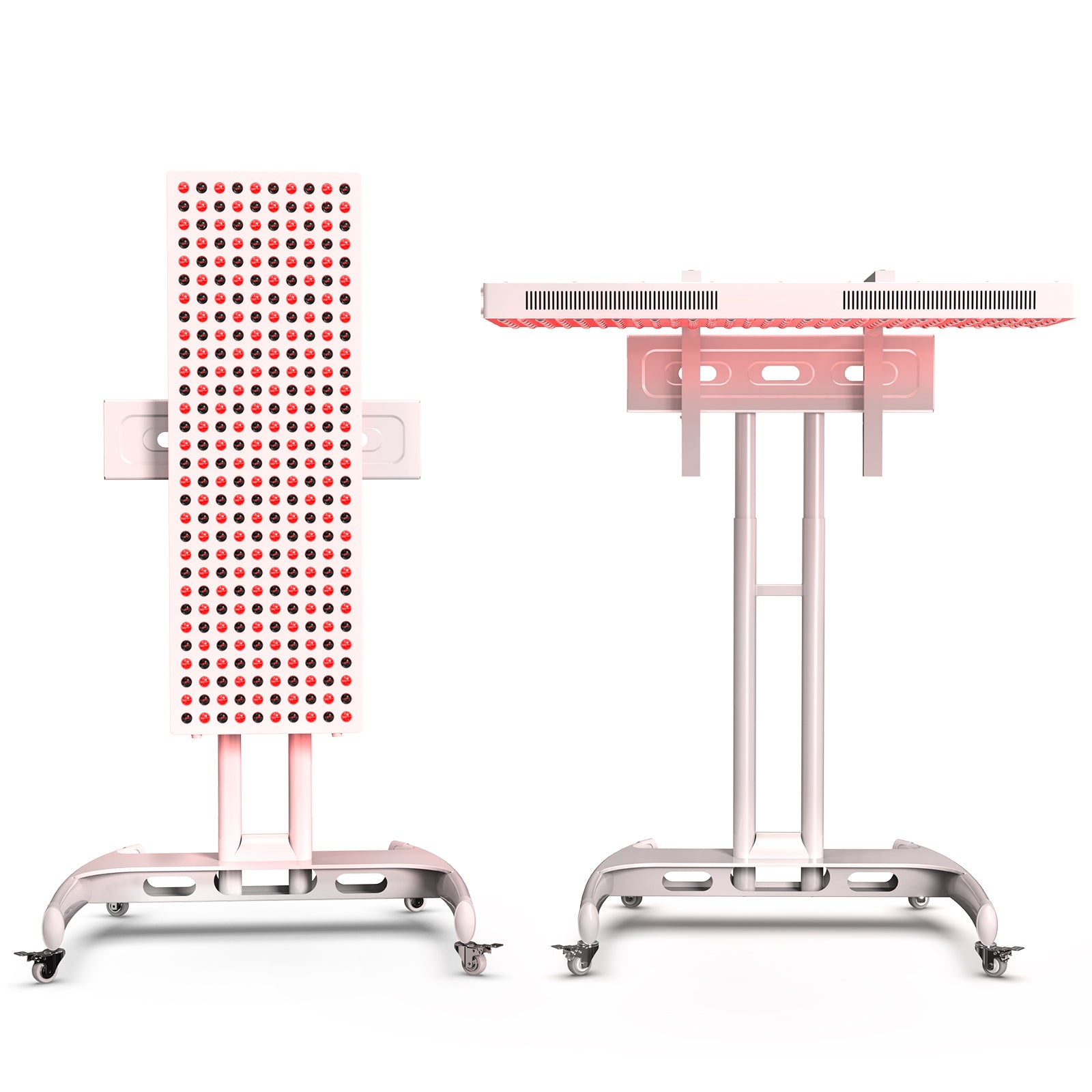
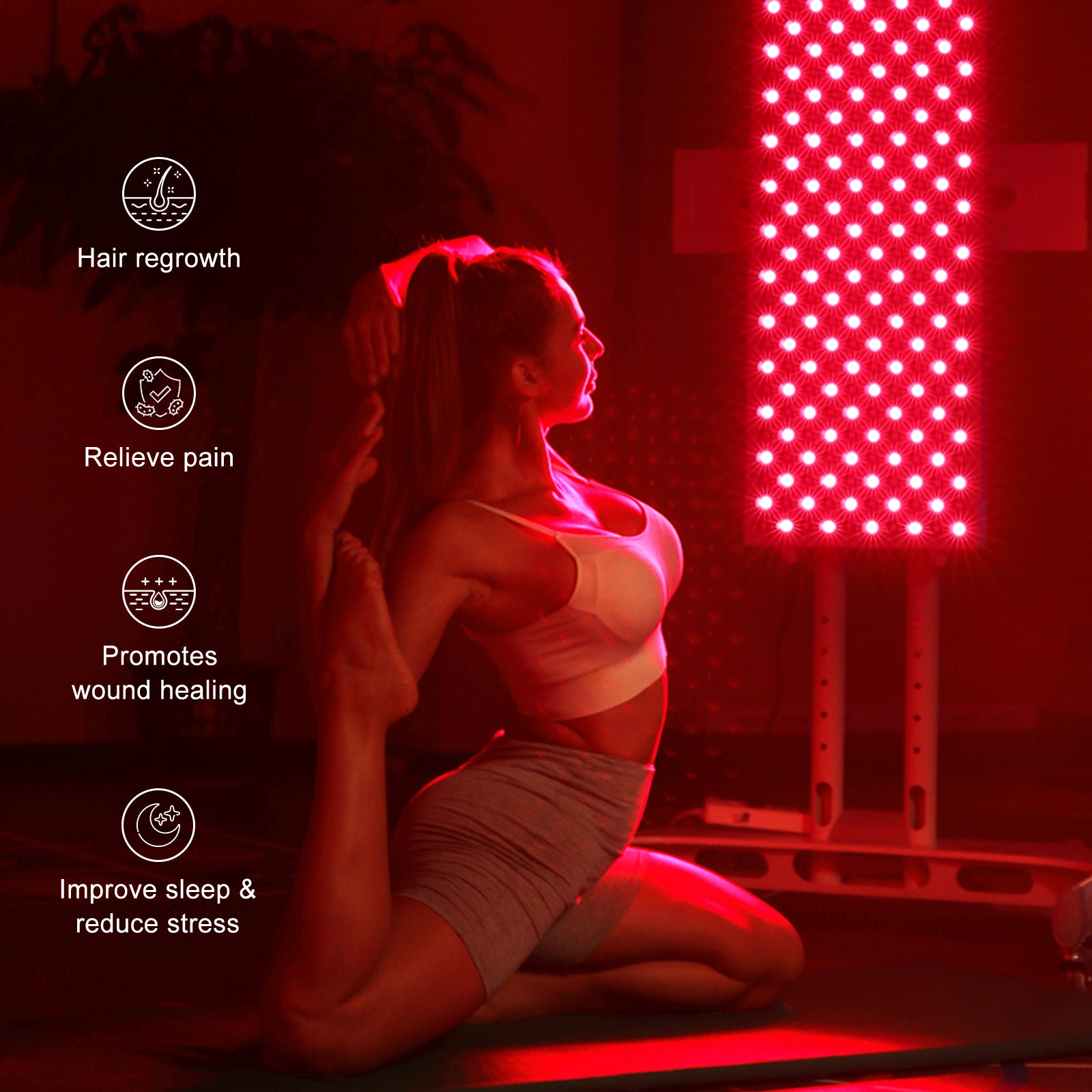

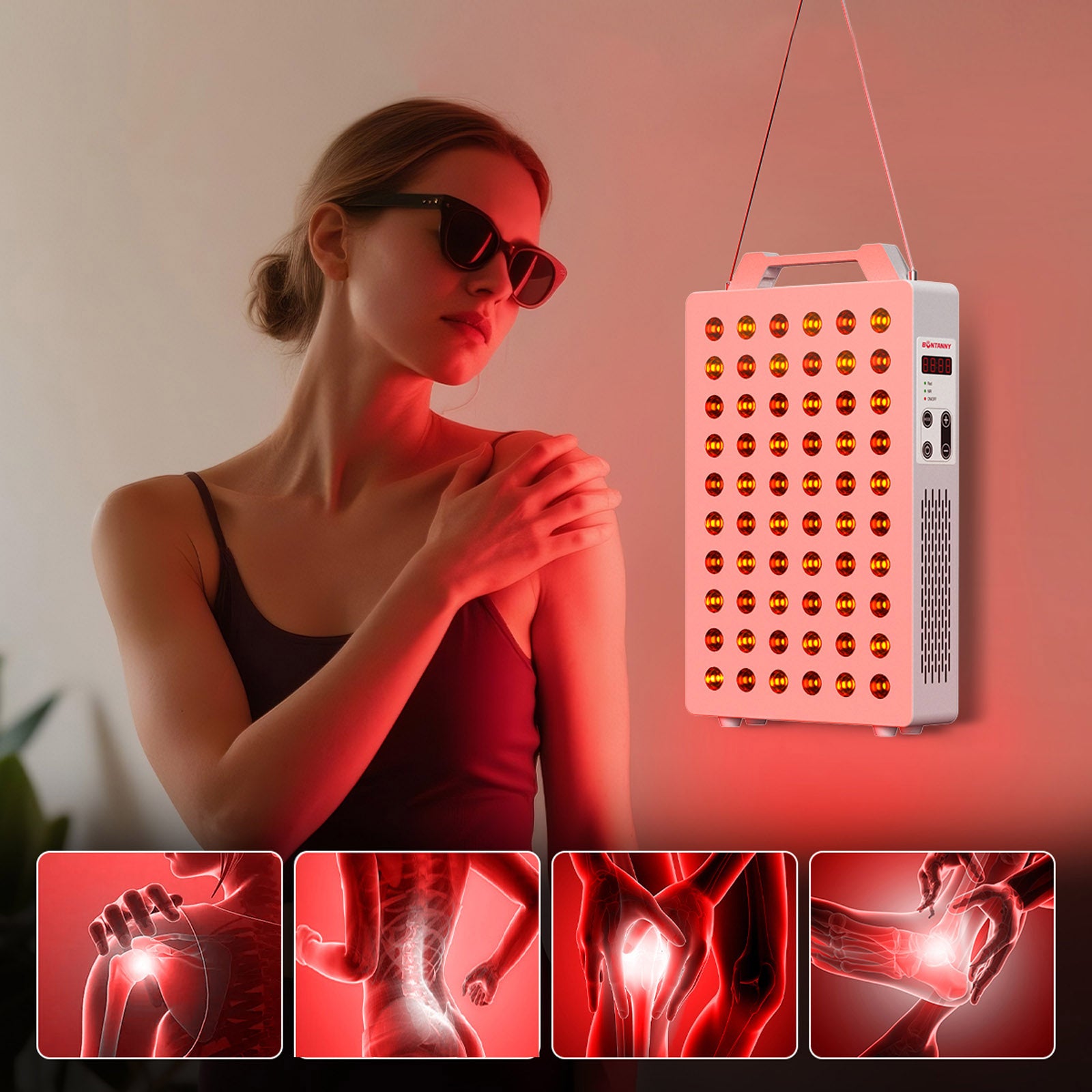

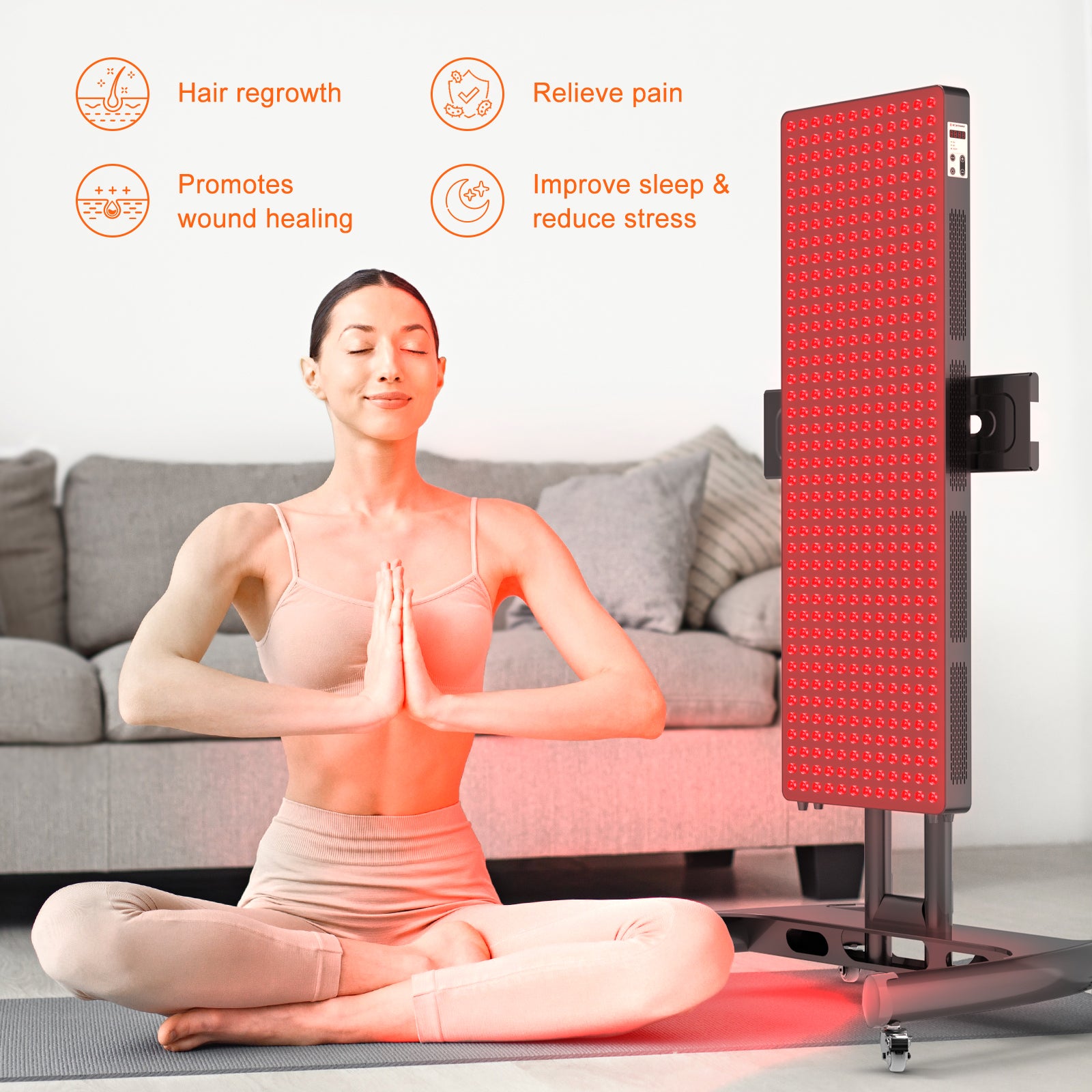
Leave a comment
This site is protected by hCaptcha and the hCaptcha Privacy Policy and Terms of Service apply.